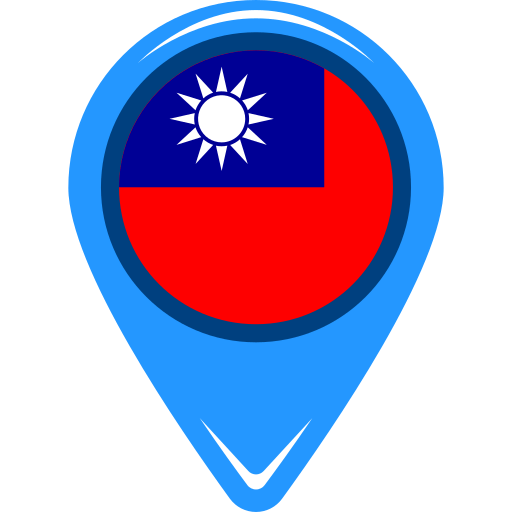Although Taipei is currently the official capital of Taiwan, did you know that it is not the first? In fact, that title belongs to Tainan, the oldest city in the country with more than 400 years of history!
Centuries ago, Tainan was the ruling base under Dutch colonial rule. From 1662 to 1683, it remained as capital of the Tungning Kingdom, ruled by the House of Koxinga. Later, under Qing dynasty rule, it served as capital of Taiwan Prefecture until 1887, when the capital was moved to Taichung, and eventually to Taipei. Due to its colorful history, Tainan is home to many historic and cultural attractions — not to mention breathtaking natural wonders!
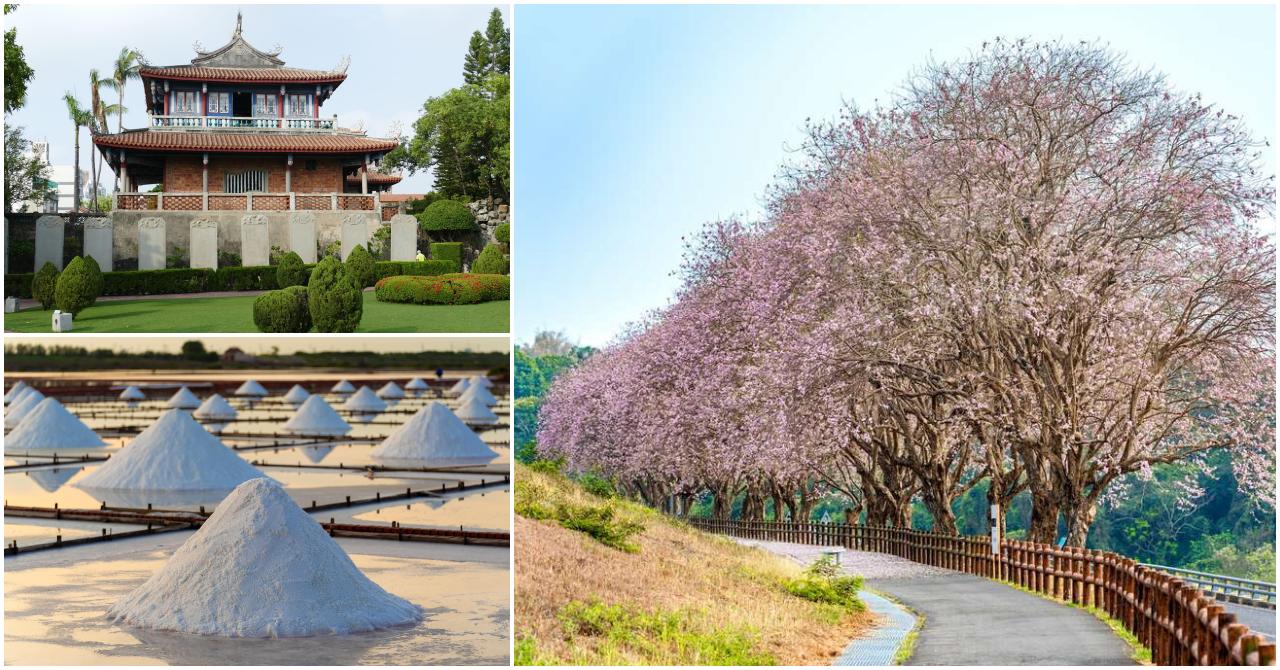
Places to See in Tainan, the Oldest City in Taiwan
The city of Tainan has often been called as “the birthplace” of Taiwan, having served as its capital for many years, under different ruling powers! Over time, it has witnessed the establishment of many historic and cultural sights. Tainan is also known for its beautiful landscapes, local industries, and native cuisine.
When in Tainan, tourists should make it a point to visit these popular destinations:
Anping Tree House
In 2004, the city government of Tainan invited designers to transform an old warehouse in Anping District into a tourist attraction. Viewing platforms were added to the building, which was covered living banyan trees, hence the name: “tree house.”
In that same year, the Anping Tree House officially opened as part of the National Anping Harbor Historic Park. Visitors can enjoy the view from the platforms, then take a stroll by the shops and eateries that surround the area.
Chimei Museum
Located in Rende District, Chimei Museum was established in 1992 by Shi Wen-long, founder of the Chimei Group. It is the largest private museum in Taiwan, divided into five sections: natural history and fossils; antiquities and artifacts, arms and armor; fine arts; and musical instruments.
Notably, the Chimei Museum is known for having the largest violin collection in the world! It is open from Thursdays to Tuesdays (closed on Wednesdays), between 9:30 am and 5:30 pm.
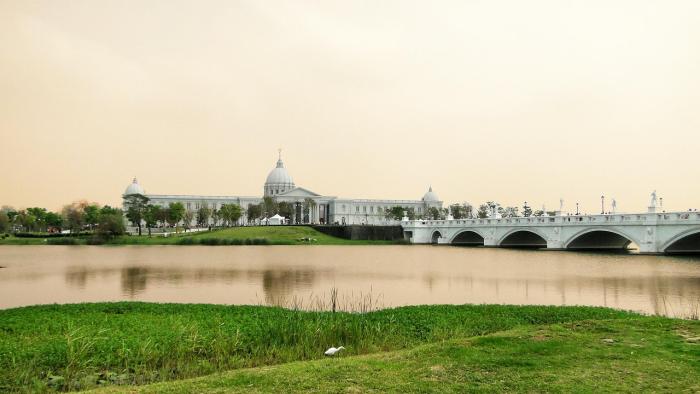
Eternal Golden Castle
In 1874, the Eternal Golden Castle in Anping District was built by Shen Baozhen, a renowned Qing official. Also called “Anping Great Fort” or “Erkunshen Battery,” the castle was built to defend the island from Japanese invasions.
Nowadays, Eternal Golden Castle is a popular tourist spot, with a park on the grounds for people to relax and have picnics. There are rental paddle boats, too, for those who want to take a ride around the castle. In the evenings, there are occasional music performances to entertain visitors.
Fort Provintia
Situated in West Central District, Fort Provintia was constructed in 1653, during the Dutch colonial period. It is also known as “Fort Providentia” or “Chihkan Tower.” Inside the fort, there’s a library featuring dictionaries and documents in Siraya language. This is the language of the Siraya, a Taiwanese indigenous group that has been residing in the area since Dutch colonial rule until today.
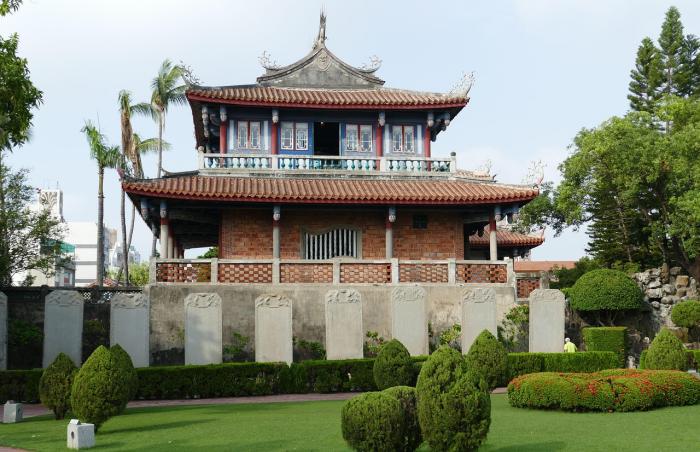
Guanziling Hot Spring
Located at a height of 270 meters above sea level, the Guanziling Hot Spring in Baihe District has been a popular attraction since the Japanese period. A natural mud spring known for its cleansing and beautifying properties, the spring was named “Taiwan’s No. 1 Hot Spring” in 1920. It has also been described as “the best spiritual spring in the world.”
Garden Night Market
The Garden Night Market was established in 1999, making it one of the youngest night markets in the city. Although it may be the youngest, it is certainly the biggest — having expanded rapidly to almost 400 stalls today!
There are four zones at Garden Night Market: food; recreation and leisure (arcade games); fashion apparel; and general goods. The market is open every Thursday, Saturday, and Sunday, from 5:00 pm until 12:00 midnight.
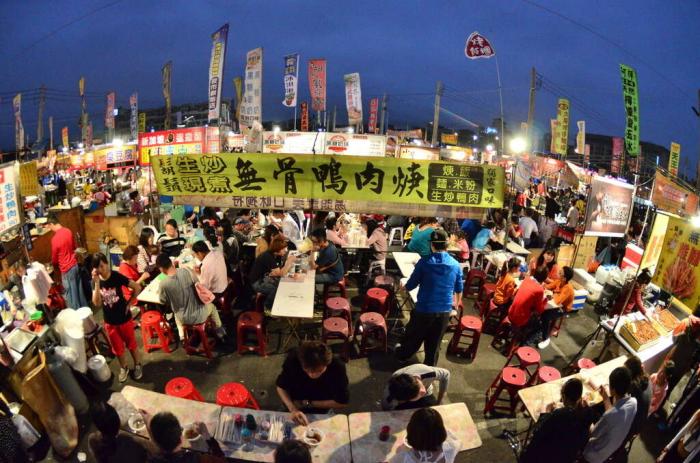
Hayashi Department Store
Hayashi Department Store was built in 1932, during the Japanese colonial period. After the Japanese era, however, the owner returned to Japan, and the building was left — unused for many decades. In 2013, the five-storey building was refurbished and opened once again to the public. Aside from featuring various goods, the department store also had cafeterias, plus an observation deck, and an exhibit on local farming and handicrafts on the top floor.
Jingzaijiao Tile-paved Salt Fields
At Beimen District, the Jingzaijiao Tile-paved Salt Fields was originally known as Laidong Salt Fields, established by salt farmers in 1818 — before being procured by the Taiwan Salt Company. The area was redesigned in 1952, during which it was recognized as the only central-style, tile-paved salt field in the country.
What makes the salt fields unique is the use of broken pottery, which are laid out onto the crystallizing ponds. This method resulted in salt that is purer and clearer, since the broken pottery prevented salt crystals from attaching to the soil.
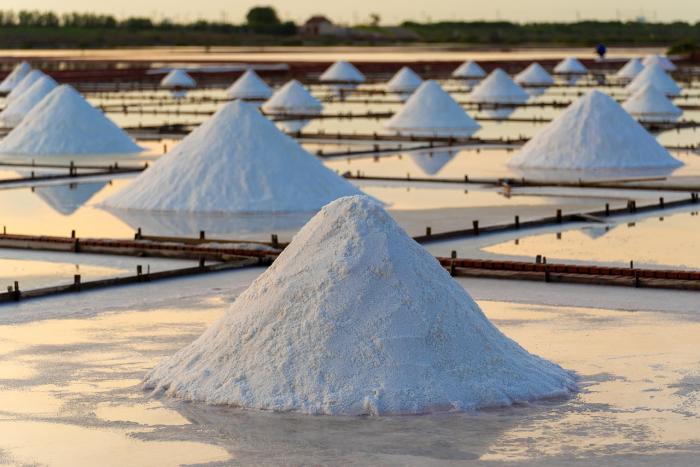
National Cheng Kung University Museum
Located in East District, this museum can be found at National Cheng Kung University, one of the oldest higher education institutions in the country. The museum opened in November 2006, in the same year that the university celebrated its 76th anniversary.
The National Cheng Kung University Museum has a wide collection of artifacts, including: wood sculptures, stone sculptures, pottery and ceramics, bamboo woven handicrafts, and religious paintings.
National Museum of Taiwan History
This is another popular museum in Tainan, situated in Annan District. It officially opened in 2011, with the aim of featuring the history of Taiwan — the main island as well as associated islands.
Today, the National Museum of Taiwan History houses more than 60,000 artifacts, including items from the various cultures that have shaped and influenced the country: the Dutch, British, Spanish, Chinese, and Japanese.
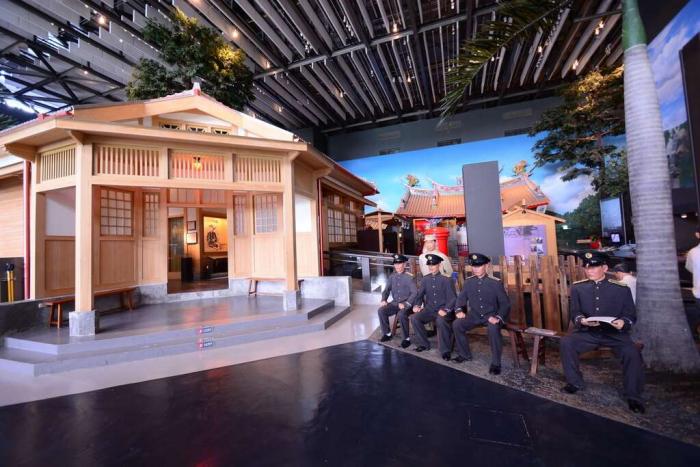
National Museum of Taiwan Literature
In January 2003, the National Museum of Taiwan Literature was established. It is housed in the former Tainan Prefectural Hall, which was built in 1916. Operated by the Ministry of Culture, the museum features an extensive collection of Taiwanese, Japanese, Mandarin, and Classical Chinese literature. By May 2023, the museum housed a huge collection of about 130,000 items.
Shennong Street
During the Qing dynasty era, Shennong Street served as the entrance to the Tainan Five Channels — a port area where merchants passed, trading and exporting goods. Over the years, the area has become a city road, lined with cafes and shops featuring local cuisine, handicrafts, and cultural artworks.
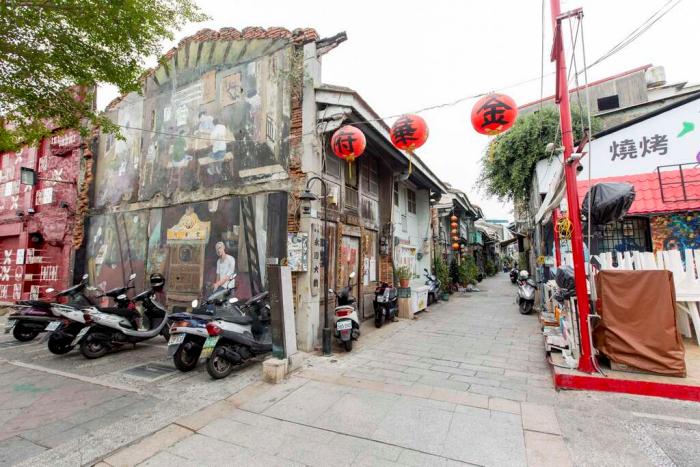
Taijiang National Park
Situated on the southwest coast of Taiwan is Taijiang National Park, a 4,905-hectare area that includes the Qigu Wetlands and the Black-faced Spoonbill Refuge. Established in 2009, it is a haven for nature lovers, who like to explore the wetlands, mangrove forests, and the lighthouse at the westernmost point of the area.
Tainan Confucian Temple
The Tainan Confucian Temple was built in 1665 by Cheng Ching, son of Koxinga. Located in West Central District, it is known as the first learning institute for children or “the first academy” of Taiwan.
Also known as the “Scholarly Temple,” the Tainan Confucian Temple is now a famous attraction. Tourists come to observe the ancient Confucian ceremonies that are held regularly at the temple.
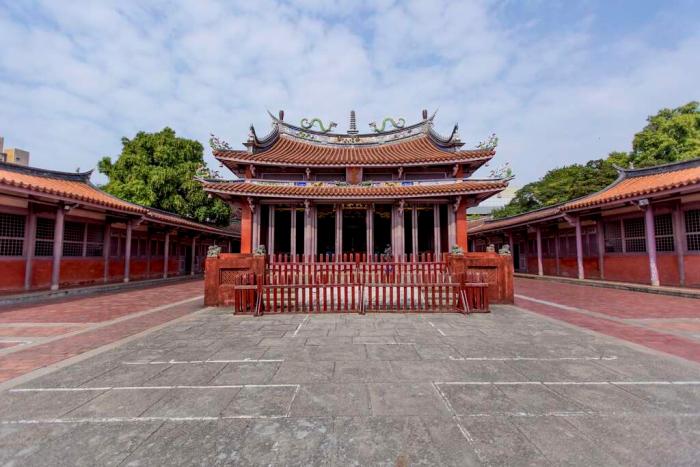
Ten Drum Cultural Village
The Ten Drum Cultural Village is located in a 7.5-hectare area that contains 22 old warehouses, constructed during the Japanese colonial period. In 2005, the Ten Drum Art Percussion Group decided to repurpose the old sugar factory into “a drumming-themed international art village,” the first of its kind in Asia.
These days, the village features nighttime performances, a coffee shop, and entertainment rides for tourists and visitors.
Wushantou Reservoir
Designed by Japanese engineer Hatta Yoichi, the Wushantou Reservoir was built and completed in 1930. It is located at the Lioujia and Guantian Districts of Tainan.
Aside from serving as irrigation for the region’s farming industry, the Wushantou Reservoir features scenic areas. There’s a statue of Hatta Yoichi along a tree-lined pathway, “Sakura Park.” In winter, cherry blossoms bloom and create a magical atmosphere for visitors!
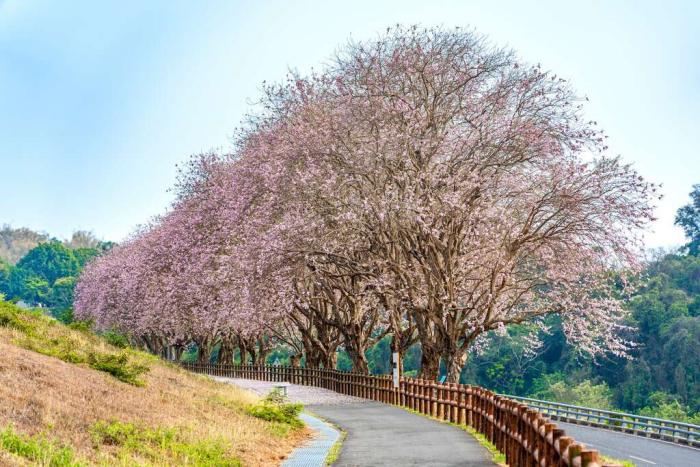
Forts, temples, nature parks, museums, and markets — there are certainly many places to see and things to do in Tainan! Be sure to include this city in your travel itinerary! While you’re at it, consider going to Kaohsiung, which features many attractions, as well!
